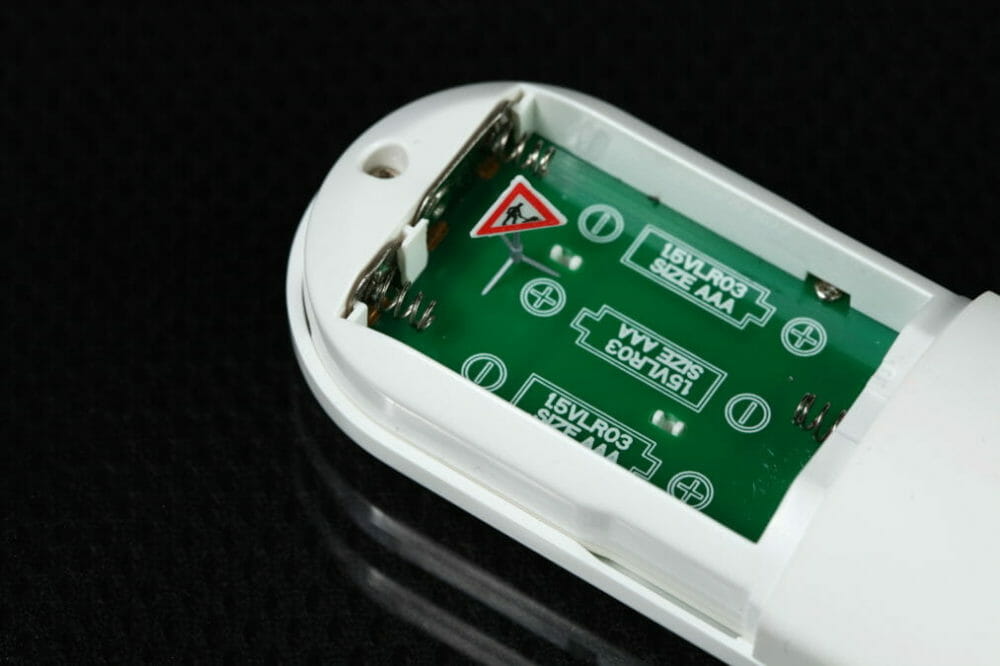Technology’s advances are starting to go beyond the realm of science fiction. Self-driving cars and voice-activated assistants are merely the tips of the iceberg. We also have automated fixtures like thermostats, lighting and security measures.
The future of automation is only possible with the Internet of Things (IoT), the hub of collected data where devices interconnect.
Many people believe these devices are better for energy consumption. However, they might use up more than you realise. Is a future full of automation worth it?
Experts say yes — but there are a few things you should know.
Smart doesn’t mean green
A smart device doesn’t automatically conserve energy. However, you can find tools designed to save. Ecobee Smart Thermostats, for example, claim their products cut energy use by 23%, though research shows they usually save between one and 15%.
Another example is smart bulbs, which automate lighting when you walk into a room. Control the lights from anywhere — all you need is your smartphone. Did you rush out to work and forget to close down the kitchen? Pull out your device and swipe a button.
“Just because it can talk with the internet doesn’t mean it’s necessarily going to do a better job,” says Nick Lange, Technical Lead of Thermostat Practice at VEIC. The devices aren’t the problem, though. Depending on how we use them, they could save energy in the long run. Invest in technology proven to boost efficiency.
Phantom energy
Phantom energy is power used by devices when they’re switched off. This consumption is a massive crutch for smart devices everywhere. To turn these devices on, you need to issue a verbal order. The device has to be continually listening and alert, whether you’re using it or not. The power consumed is minimal for one device, but the cost adds up over time, especially if you have a lot.
Let’s look at the popular Amazon Echo. The Echo uses three watts while in standby mode, just on speakers. Assuming that’s about 12 cents per kilowatts an hour, that adds up to about $3.15 a year. The price doesn’t sound like much until you consider an office complex filled with Amazon Echoes, not to mention other smart devices, like thermostats and appliances. The price of merely letting the machine sit there adds up over time.
What about other devices that wait for your command? Perhaps a gaming system, smartphone, laptop or coffee maker? Convenience is great, but it comes with a price.
Processing IoT data at the edge: the right business decision
Convenience saves energy
Smart devices use energy to listen to and interpret commands. However, they’re no worse than their counterparts. In fact, as long as we use intelligent tools, we save energy. This technology is designed to conserve when working. For example, the thermostat might lower itself when no one is in the room. Lights might dim or shut off if the sensors don’t detect movement.
We’ll use convenient techniques more often than difficult ones. It’s easy to tell Alexa to turn off the lights, but something as simple as walking across a room might be put off for an hour. Pairing this idea up with a smart plug that can eliminate negligible energy.
For example, plug your TV into a smart plug. Most devices will automatically shut down after a period of inactivity — such as an hour. Once your TV is off, the plug will prevent it from drawing in additional energy.
Devices designed to save
Designers make smart devices with efficiency in mind. The question is whether it lies in convenience or energy consumption. A lot of intelligent devices are seemingly inconsequential but can make a massive difference in your energy bill. One such technology is LED lighting.
LED stands for light-emitting diode and uses a semiconductor to emit visible light. Using LED lighting comes with several benefits, including energy efficiency and longevity. They take less power to work and have a longer lifespan than their outdated counterparts. They don’t emit heat and can dim if asked to do so. Though they may not seem as groundbreaking as a Google Home, LED bulbs are vital to the future of smart technology.
Protecting the edge of IoT as adoption rates for the technology grow
Savings examples
Take a look at how other companies use IoT technology to understand the cost versus savings. Experts estimate that Google and Amazon saved roughly $60 billion a year since the early 2000s by keeping up with performance per watt on devices and making suppliers do the same.
Another example is Schneider Electric, a factory in Lexington, Kentucky. Using sensors, they can collect detailed analytics, focus on the mix of products and keep everything in order. After tweaking their strategy, they reduced consumption by 12% in year three. Andy Bennett, the former vice president of the company’s Ecostruxure platform, claims the group is using energy savings to dictate every process decision.
Sustainable initiatives can achieve results when you focus on efficiency and energy consumption.
Better technology, more energy
We’ve made a lot of advances in technology over the last few decades. New devices allow us to reduce consumption and interact seamlessly. Individual consumers can automate everything from the coffee-making process to weather-based lighting. Companies use this technology to streamline operations and save money.
To get the most from automation, it’s essential to look beyond convenience toward efficiency. Utilising technology in a smart way will have a lasting impact on the future.
Related articles
Deloitte moving from proof-of-concept to proof-of-value with IoT
Why digital trust matters in the IoT
Security is a great concern with IoT deployment, but what about edge security?
IoT accelerating digital transformation initiatives — Gartner
Powered by the IoT, the potential for smart cities is huge
Information Age’s guide to the low-power wide area network (LPWAN) landscape










